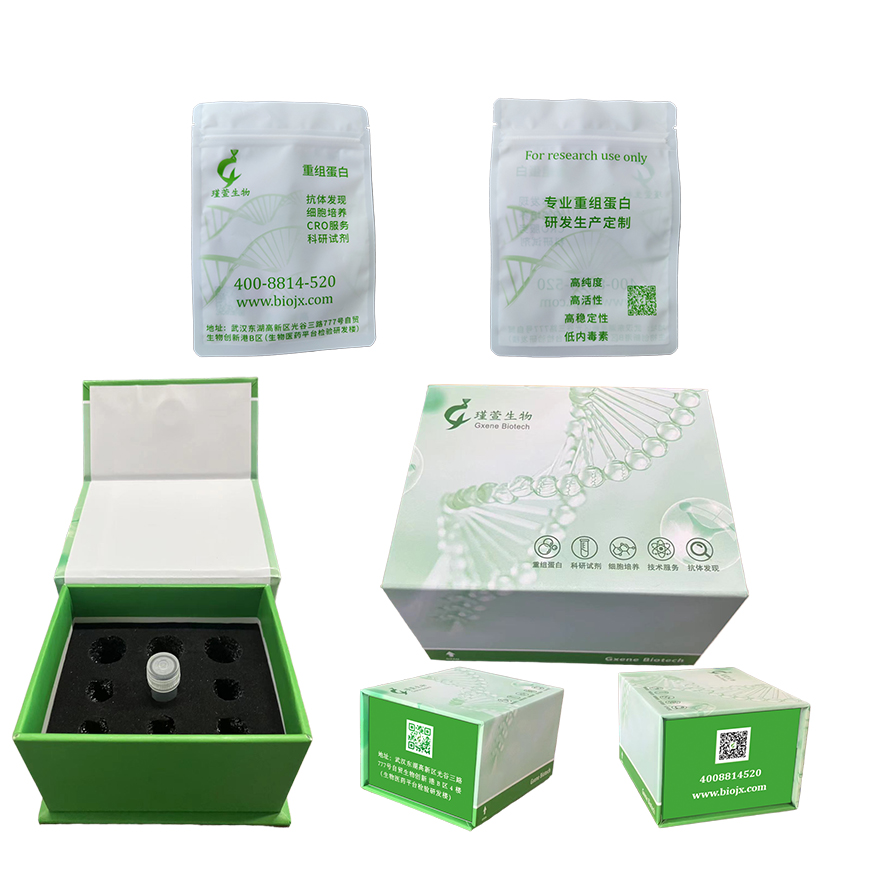


研究方向
PLGF-2 蛋白是一种在血管生成和内皮细胞生长中具有显着活性的生长因子,在刺激这些细胞的增殖和迁移中发挥着至关重要的作用。通过与 FLT1/VEGFR-1 受体结合,PLGF-2 协调血管生成过程并有助于调节血管生长。值得注意的是,异构体 PlGF-2 表现出额外的结合能力,以肝素依赖性方式与 NRP1/neuropilin-1 和 NRP2/neuropilin-2 形成相互作用。除了其血管生成功能外,PLGF-2 还促进肿瘤生长,表明其参与与癌症相关的病理性血管生成。在结构上,PLGF-2以二硫键连接的反向平行同二聚体的形式存在,并且可以进一步表现为与VEGFA/VEGF的异二聚体。同工型 PlGF-3 作为同二聚体和单体的存在增加了 PLGF 蛋白的复杂性,突出了它们在调节血管过程和肿瘤发生中的不同作用。
< 0.1 EU/μg
纯度
>95%
Placenta growth factor (PlGF) is a member of the PDGF/VEGF family of growth factors that share a conserved pattern of eight cysteines (1, 2). Alternative splicing results in at least three human mature PlGF forms containing 131 (PlGF-1), 152 (PlGF-2), and 203 (PlGF-3) amino acids (aa) respectively (1, 2). Only PlGF-2 contains a highly basic heparin-binding 21 aa insert at the C-terminus (1). Human PlGF-1 shares 56%, 55%, 74% and 95% aa identity with the comparable isoform of mouse, rat, canine, and equine PlGF, respectively. PlGF is mainly found as variably glycosylated, secreted, 55-60 kDa disulfide linked homodimers (3). Mammalian cells expressing PlGF include villous trophoblasts, decidual cells, erythroblasts, keratinocytes, and some endothelial cells (1, 4-6). Circulating PlGF increases during pregnancy, reaching a peak in mid-gestation; this increase is attenuated in preeclampsia (7). However, deletion of PlGF in the mouse does not affect development or reproduction. Postnatally, mice lacking PlGF show impaired angiogenesis in response to ischemia (8).